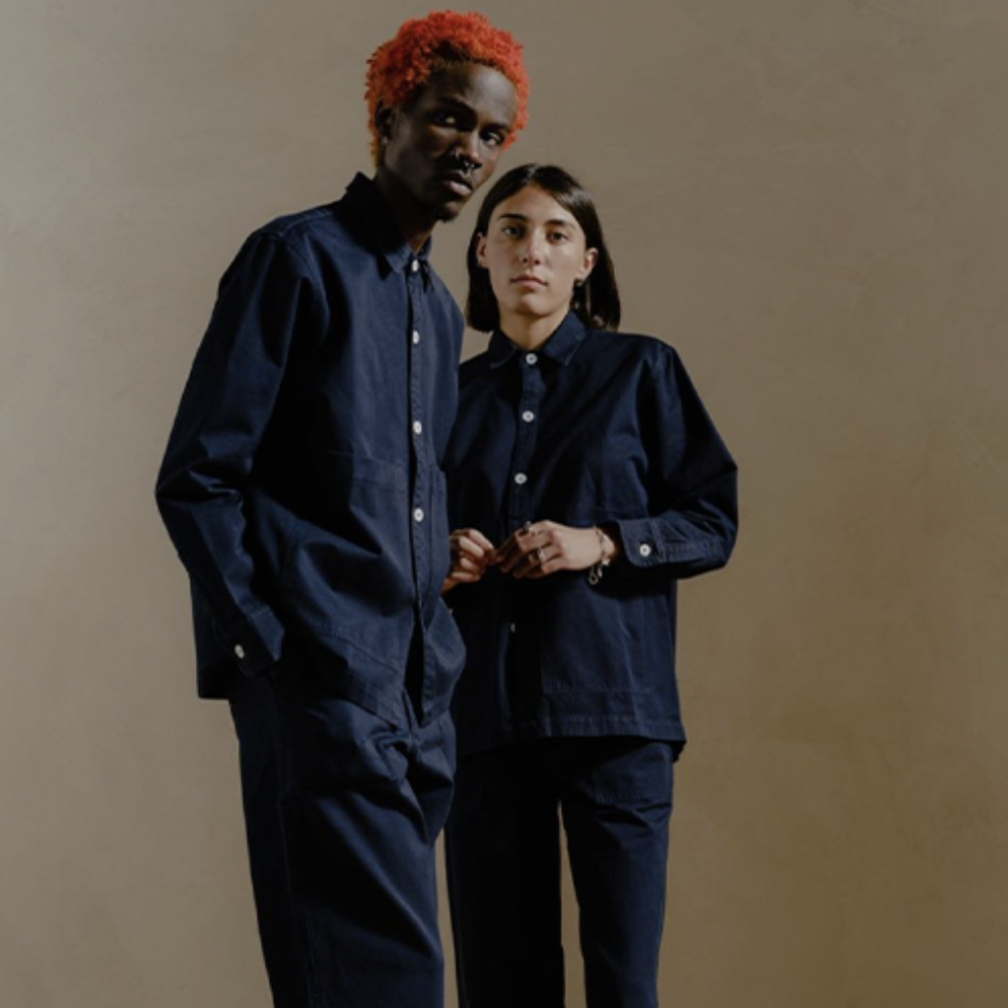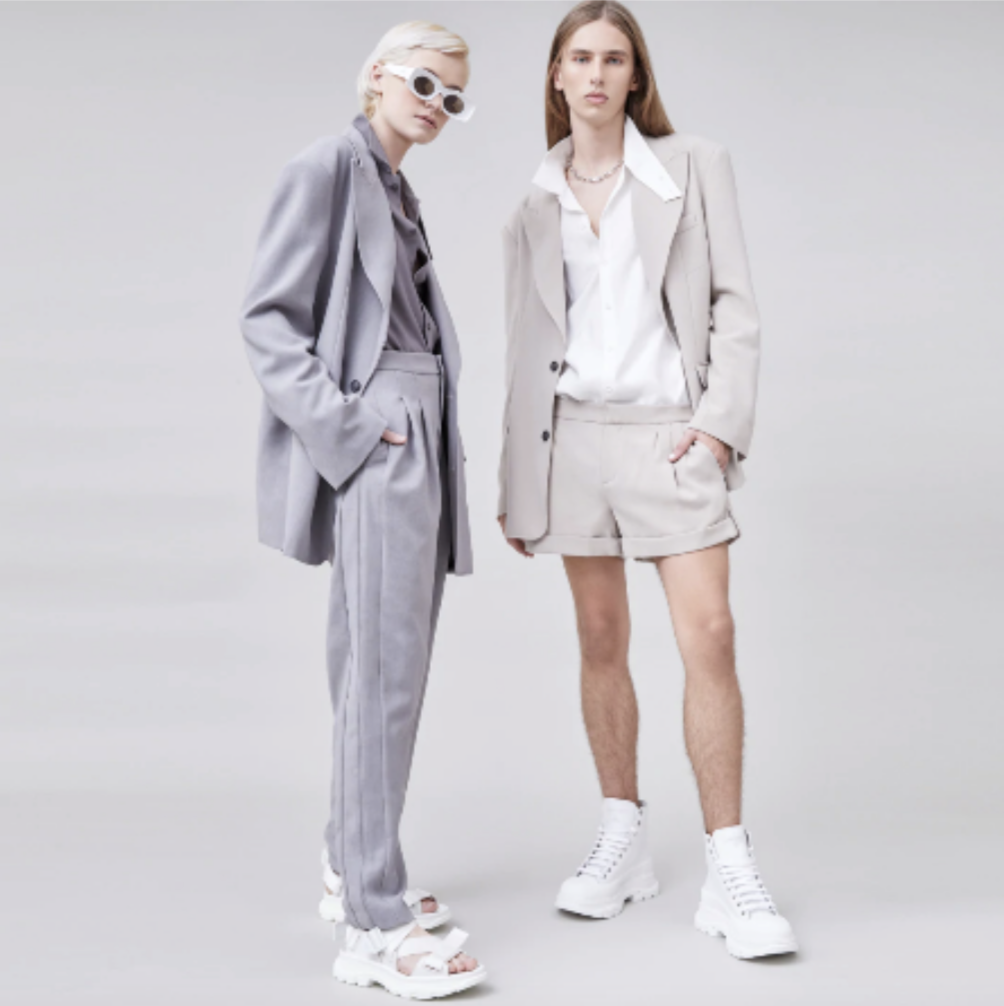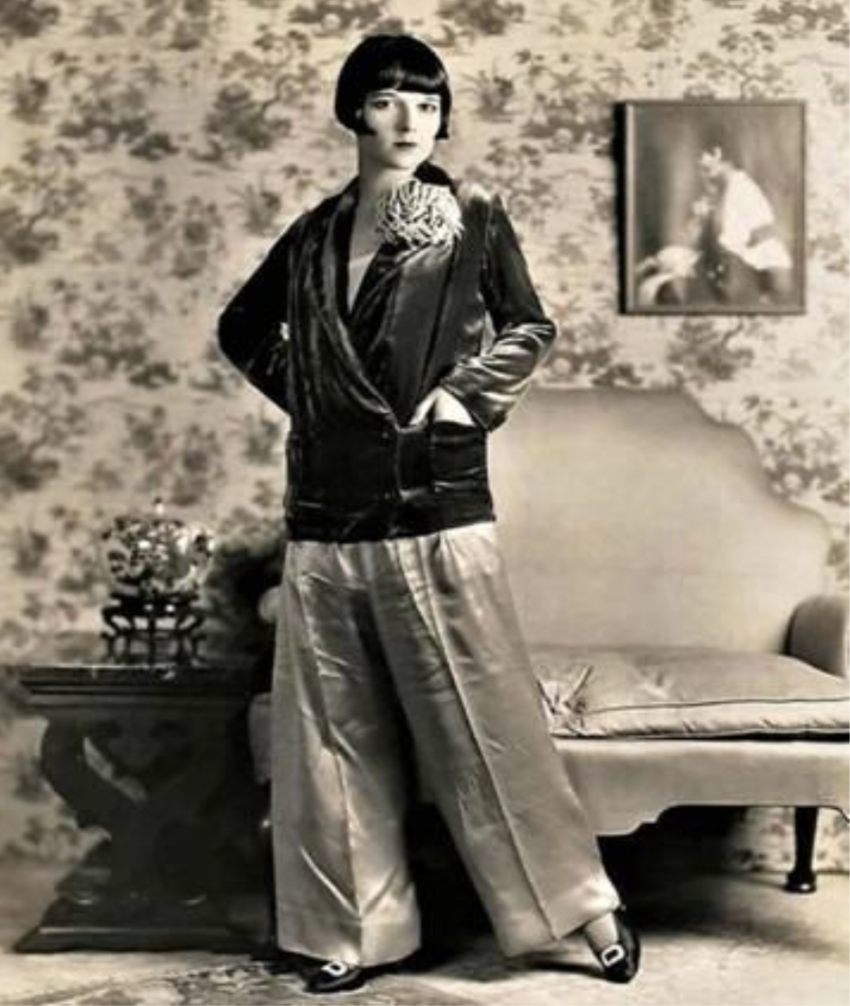Androgynous Clothing – A Deep Dive
Under the “androgynous” blanket term exists unisex and gender neutral clothing, both of which are great ways of battling gender stereotypes in fashion by allowing people to experiment with silhouettes they may not be used to.
Implementing traditionally masculine silhouettes into women’s fashion was a concept that rose to fame with Coco Chanel in the 1920s. Here, cinched corset waists were loosened for a more “boyish” and “relaxed” appearance. Chanel’s implementation of androgyny into clothing was a newly marketed innovation that persevered through the decades, but has also notably existed well before her time.
While unisex and gender neutral clothing are at their core both variations of androgynous clothing, there is one ironic difference. Unisexual clothing often tends to be masculine clothing targeted towards feminine audiences, while gender neutral clothing is largely stereotypically female clothing targeted towards masculine audiences.
Androgynous clothing styles have changed over the decades parallel to historic events.
Unisexual clothes are largely categorized as sweatsuits, denim pieces, loose fitting suits, in largely muted, neutral colours. This particular style came from the same inspiration that Coco Chanel took. Historically, after periods of economic recession, colours were usually darker and muted, as these are the cheapest to produce. Such was the case after WW1, and such was the case after the 2008 recession, when the current surge of androgynous fashion started.
On the other hand, gender-neutral clothing, where more feminine aspects were added to traditionally masculine articles of clothing, surfaced on a large scale in the 1960s and 1970s, along with the women’s liberation movements around the world. A patent designer of this movement was Yves Saint Laurent, who, in 1966, created the “Le Smoking Suit”, dubbed the first tuxedo. This tuxedo was a suit jacket that was designed after a woman’s body, with a clearly defined tight waistline. At the same time, music and film icons like Jimmy Hendrix, Freddy Mercury, and David Bowie brought tight fitting suits, bright colours, and even heels back into men’s fashion.
Androgynous fashion has taken- and continues to take- many forms. It can be as subtle as a design, a colour, or even a hairstyle. Fashion is an extension of human identity, and as such it is ever evolving.



